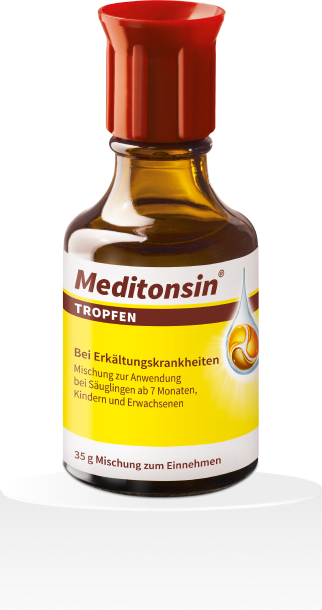It has been reported that the Regional Court of Dortmund has prohibited the manufacturer of the homeopathic cold remedy Meditonsin from advertising with false health claims. The court did not see sufficient evidence for the advertising claims.
The Consumer Advice Centre (VZ) of North Rhine-Westphalia issued a warning to the Meditonsin manufacturer (MEDICE Arzneimittel Pütter GmbH & Co.) for misleading advertising statements and sued them. The complaint was:
- that the advertising gave the false impression that an improvement in health could be expected with certainty after taking the product,
- that no side effects were to be expected,
- that the product was superior to “chemical-synthetic medicines”.
The Dortmund Regional Court was not convinced by a study referred to by the manufacturer. On its website, the manufacturer of Meditonsin presents the results of a “current, large-scale user study with more than 1,000 patients” under the heading “Proven efficacy & tolerability”. According to a pie chart, 90% of the patients were satisfied or very satisfied with the effect of Meditonsin.
However, according to the VZ, the study was only a “pharmacy-based observational study” with little scientific validity. Despite the lack of evidence, the manufacturer claimed that “the good efficacy and tolerability of Meditonsin® Drops could once again be impressively confirmed”. The Dortmund Regional Court, however, followed the VZ’s statement of grounds for action. “It is not allowed to advertise with statements that give the false impression that a successful treatment can be expected with certainty, as the advertisement for Meditonsin drops suggests,” emphasized Gesa Schölgens, head of “Faktencheck Gesundheitswerbung”, a joint project of the consumer centres of North Rhine-Westphalia and Rhineland-Palatinate. According to the Therapeutic Products Advertising Act, this is prohibited.
The Dortmund Regional Court also found that consumers were misled by the advertising because it gave a false impression that no harmful side effects were to be expected when taking Meditonsin. The package leaflet of the drug listed several side effects. According to this, there could even be an initial worsening of the symptoms after taking the medicine.
According to the VZ, the alleged advantage of the “natural medicinal product” over “many chemical-synthetic medicinal products that only suppress the symptoms”, as presented by the manufacturer, is also inadmissible. This is because it is not permissible to advertise to consumers with claims that the effect is equivalent or superior to that of another medicinal product. This, too, was confirmed by the court.
_________________________
In case you like to know more about the remedy, this is from its English language site:
Meditonsin consists of Aconitum, Atropinum Sulfuricum, Mercurius Cyanatus. Active ingredient is the part of the drug or medicine which is biologically active. This portion of the drug is responsible for the main action of the drug which is intended to cure or reduce the symptom or disease.

Hmm …
… in dilutions of D5, D5, and D8, respectively (see the label).
This is a good example of the modern homeopathic escape hatch: “Look! There are molecules of active substance in there, so you can’t say it’s just sugar!”
A quick calculation suggests that we’re talking about picogram (D5) and femtogram (D8) doses, which don’t do anything at all – even the mercury cyanide. However, I do wonder how they handle the extremely toxic mother tincture and the first dilutions. If they make a mistake with stuff like this, people will die (and yes, this has happened before).
Anyway, good thing that homeopaths no longer get away with their fallacious and vacuous claims. If they want their products to be regarded as medicine, they must comply with the standards of evidence that are laid down for medicine. It’s that simple, really.
Oops – correction, I inadvertently used the C dilution scale:
These globules weigh about 10 milligram each, so D5 equals roughly 10 milligram / 100,000 = 100 nanograms, and D8 is 100 picograms. So a lot more more than my ‘quick calculations’, but still way too small a dose to do anything substantial.
IMO homeopaths should stop using their confusing D and C scales, and be honest for a change, telling their customers what the real dose is – so milligrams or nanograms or simply zero, in the case of anything 12C and up.